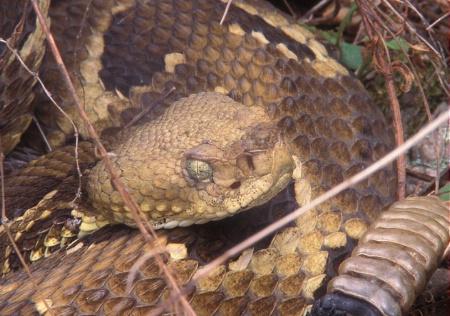
Wayne Turk |
|
Teleconverters
I would like some information on Teleconverter. My understanding is that when one uses a Teleconverter ones looses one F stop. Does this mean if I use a 180mm f2.8 lens with 2X teleconverter it will be equal to a 360mm f3.8 lens ? or is it a 360mm f5.6 lens, and if so, would this be better then using a 300mm f4.0 lens with-out a teleconveter?Thank You
Wayne
September 16, 2005
|
|
|
Michael H. Cothran |
|
There are two basic strengths of tele-converters available today - 1.4X or 1.5X, and 2X.
The 1.4/1.5X variety lose ONE stop of light. The 2X version loses TWO stops.
In reference to your 180/2.8 lens, this equates to -
1. 1.4X = 252mm/f4 lens
2. 1.5X = 270mm/f4 lens
3. 2X = 360mm/f5.6 lensTeleconverters run the gamut from just plain bad to pretty darn good. The dedicated versions (those made for use on a specific lens) are the best of the bunch. I've owned some cheap ones, and a couple of good Nikon versions. I believe they are often worth the expense, if you only need them on occasion, or if bulk and weight are issues. Owning a teleconverter is a compromise. Plus side -
1. It is far cheaper than an equally longer lens.
2. It is lighter weight, and takes up less space. Down side -
1. Seldom, if ever, do they perform as well as a quality lens of similar focal length.
2. They lose light (as stated, one stop or two stops). FYI - you don't need to worry about metering as long as you use your in-camera meter. It will automatically compensate for the loss of light.
Michael H. Cothran
www.mhcphoto.net
September 16, 2005
|
|
|
Samuel Smith |
|
again,thank you michael.
September 16, 2005
|
|
|
Bob Cammarata |
|
|
|
|
|

Rattler
Nikkor MF 180 ED, TC-201 teleconverter, 36 mm extension tube, tripod-mounted.
Bob Cammarata
|
|
|
|
Wayne,
Judging by your question, I'm assuming you have a Nikkor 180 2.8.
If this is true, a Nikon TC-201 (2x) converter works well with that lens.
You will lose 2 stops of light as Michael describes but the loss in image quality will be minimal when using that combination. Just be sure that your focus is right on and that you use a tripod or other firm support.
(I've used my MF 180 2.8 ED Nikkor with the 2X hand-held in bright sun at ASA 100, but I had to shoot wide open to get anything worth keeping.)The attached photo was shot just recently using a sturdy tripod for support.
September 17, 2005
|
|
|
George Anderson |
|
Very nice, Bob. Eastern Diamondback? Leave it to a venomous snake photographer to dramatically illustrate the benefits of a teleconverter/ext. tube and telephoto lens. Fill the frame, without having to get too close!
September 17, 2005
|
|
|
Bob Cammarata |
|
Thanks George.
Actually, it's a timber rattler.
In this benign "basking" position, the above combination allows me to safely get to within four or five feet.
It one gets feisty and coils into defense mode, I'll back up a little.
September 18, 2005
|
|
|
Wayne Turk |
|
Thanks for your responses to my question. Right now I am torn between purchasing a Nikon AF 180mm f2.8 or a Nikon AF 300mm f4.0. I want to do more wild life photography, and I am trying to decide if the 180mm with a teleconveter would be a better all around lens to have.
Thanks Again
Wayne
September 19, 2005
|
|
|
Bob Cammarata |
|
For wildlife, go with the 300 f4.0,...especially if you plan to stalk skittish mammals and most bird species.
You will do OK with the 180 and 2X TC when shooting reptiles and insects since they're usually pretty co-operative subjects. (Most of the time they just kinda' sit there and let you you take time to set up a tripod, compose, focus, etc.) Your results will depend upon how well you can lock on to critical focus of a key element.As I mentioned earlier,...hand-holding with a telephoto and teleconverter is tough unless you're real steady. Unless you compromise image quality with a higher ISO setting, you will need a bright day and a wide aperture setting to freeze action and eliminate camera shake.
A 300 f-4 might be a more practical alternative. You'll get less effective reach but better control. You may eventually want to try the 2X TC anyway....600 mm at f-8 would be the result. (You might need to focus manually though and you would definately need solid support.)
If so, go with a Nikon TC,...not a generic.
September 19, 2005
|
|
|
|
Log in to respond or ask your own question.
|